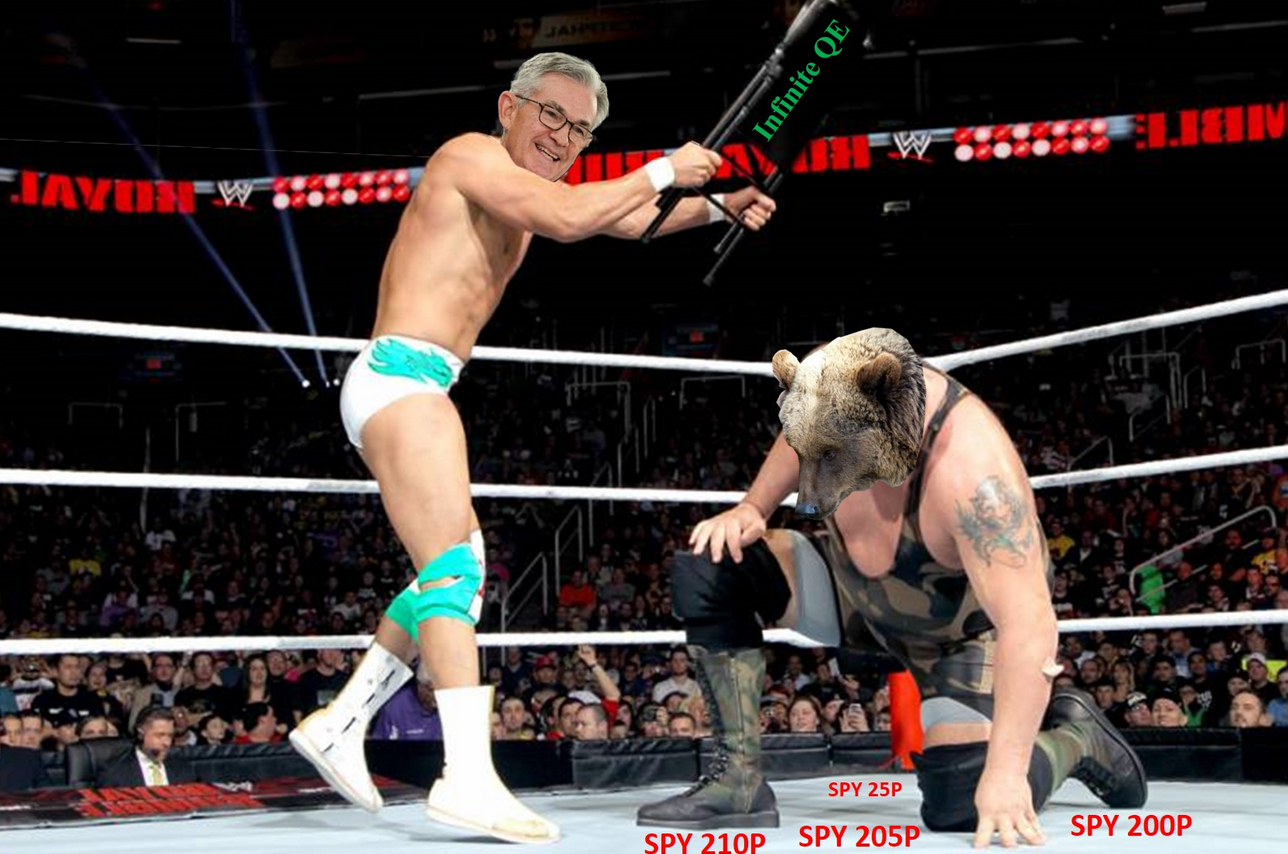The FOMC meeting minutes for the July 27-28, 2021 meeting
- Participants expressed a range of views on the appropriate pace of tapering asset purchases once economic conditions satisfied the criterion laid out in the Committee’s guidance.
- At the same time, participants indicated that the standards for raising the target range for the federal funds rate were distinct from those associated with tapering asset purchases and remarked that the timing of those actions would depend on the course of the economy.
- Several participants noted that an earlier start to tapering could be accompanied by more gradual reductions in the purchase pace and that such a combination could mitigate the risk of an excessive tightening in financial conditions in response to a tapering announcement.
- Most participants remarked that they saw benefits in reducing the pace of net purchases of Treasury securities and agency MBS proportionally in order to end both sets of purchases at the same time.
- Several participants commented on the benefits that they saw in reducing agency MBS purchases more quickly than Treasury securities purchases, noting that the housing sector was exceptionally strong and did not need either actual or perceived support from the Federal Reserve in the form of agency MBS purchases or that such purchases could be interpreted as a type of credit allocation.
- Many participants noted that, when a reduction in the pace of asset purchases became appropriate, it would be important that the Committee clearly reaffirm the absence of any mechanical link between the timing of tapering and that of an eventual increase in the target range for the federal funds rate.
- With respect to the effects of the pandemic, several participants indicated that they would adjust their views on the appropriate path of asset purchases if the economic effects of new strains of the virus turned out to be notably worse than currently anticipated and significantly hindered progress toward the Committee’s goals.
- The staff judged that asset valuation pressures were elevated. In particular, the forward price-to-earnings ratio for the S&P 500 index stood at the upper end of its historical distribution; high-yield corporate bond spreads tightened further and were near the low end of their historical range; and house prices continued to increase rapidly, leaving valuation measures stretched. That said, the staff did not see signs of loose mortgage underwriting standards or excessive credit growth that could potentially amplify a shock arising from falling house prices.
- The staff’s near-term outlook for inflation was revised up further in response to incoming data, but the staff continued to expect that this year’s rise in inflation would prove to be transitory.
- The staff expected the 12‑month change in PCE prices to move down gradually over the second part of 2021, reflecting an anticipated moderation in monthly inflation rates and the waning of base effects; even so, PCE price inflation was projected to be running well above 2 percent at the end of the year.
- Over the following year, the boost to consumer prices caused by supply issues was expected to partly reverse, and import prices were expected to decelerate sharply; as a result, PCE price inflation was expected to step down to a little below 2 percent in 2022 before additional increases in resource utilization raised it to 2 percent in 2023.
- The staff continued to judge that the risks to the baseline projection for economic activity were skewed to the downside and that the uncertainty around the forecast was elevated. In particular, the probability that the course of the pandemic would turn out to be more adverse than the staff’s baseline assumption was viewed to be higher than the probability that a more favorable outcome would occur.
- the staff judged that the risks around the inflation projection were now tilted to the upside, as recent data pointed to a greater risk that the upward pressure on inflation that had resulted from supply-related issues would unwind more slowly than the staff’s baseline projection assumed.
- A majority of participants noted that the spread of the Delta variant may temporary delay the full reopening of the economy and restraint hiring and labor supply
- Minutes show thinking on preparations to begin reducing Federal Reserve’s asset purchases later this year
- Federal Reserve preparing for taper this year, July minutes show
- central bankers want to be clear that the reduction of assets was not a precursor to and a minute rate hike
- Fed officials see inflation goal hit, divided on taper.



 Here’s the FOMC statement in full:
Here’s the FOMC statement in full: